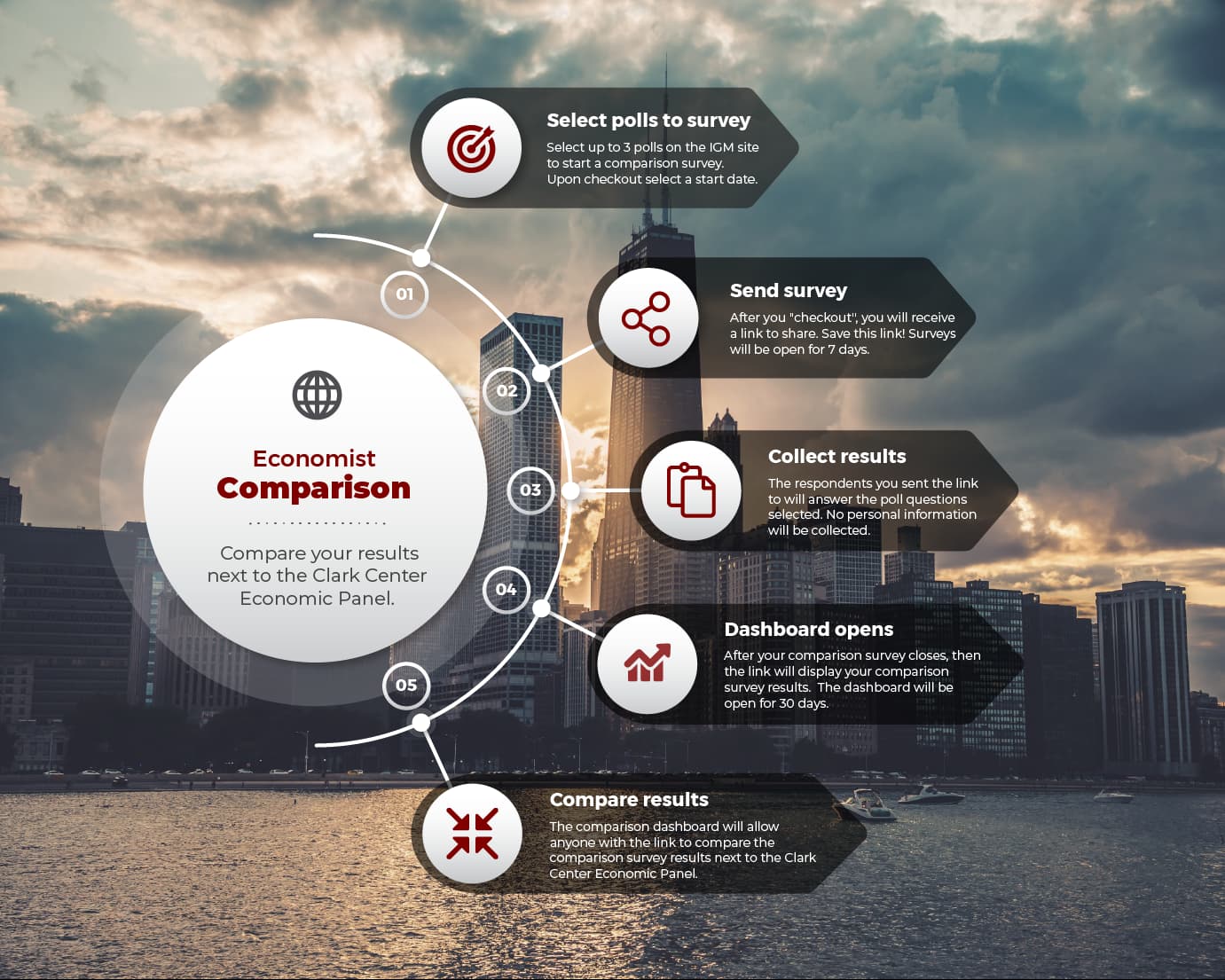German voters go to the polls this week following the collapse of the, sometimes chaotic, three-way coalition which has run the Federal government since late 2021. There is plenty for the electorate to consider. The economy is stuck in its first two-year recession since the early 2000s. More broadly, economic performance has been miserable since before the global pandemic hit. Indeed, the whole export-dependent model of growth – which seemed to serve the country so well from the mid-2000s until the late 2010s – has come under question in the face of fierce Chinese competition in traditional areas of strength such as automobiles.
Then there is foreign policy. The American about-turn on support for Ukraine’s war effort, following the inauguration of the new President, together with his – at beat – ambivalent attitude towards NATO has left German leaders, like those across Europe, scrambling to rethink defense policy.
But whilst questions over economic performance and the future of defense policy have loomed large in the contest, the issue of immigration dominated the first 20 or so minutes of the televised debate between the candidates for Chancellor. Germany experienced a wave of immigration since 2015, with especially strong flows of refugees fleeing the war in Syria in the mid-2010s and Ukrainians fleeing Russia after 2022.
In 2016, Germany scored 7.1 out of 9 on Gallup’s Migrant Acceptance Index, which measures receptivity toward migrants living in one’s country, becoming neighbors, and marrying into families. Higher scores on the index indicate higher acceptance. This score in Germany that year was higher than those for other major European allies, including the U.K. (6.6), France (6.5) and Italy (6.5).
Over time, Germans’ acceptance of migrants has fluctuated, peaking at 7.3 in 2022 but falling back to 6.4 in 2023, lower than in 2016. In contrast, residents in France and Italy felt similarly about migrants in 2023 and 2016, while the U.K. saw an increase to 7.2. Among these major European economies, Germany is the only one in which acceptance of migrants is significantly lower than it was in 2016.
The hard-right AfD party looks set to place second – a historical breakthrough – after waging a fiercely anti-immigration campaign. Meanwhile, the more traditional center-right leader Friedrich Merz has moved towards their position in recent months. As EU News notes:
The Christian Union Democrats—consisting of the CDU, led by Friedrich Merz, and its Bavarian sister party, the CSU of Markus Söder—want a tightening of illegal immigration that also passes through a tightening of asylum policy and the strengthening of national border controls. They have attempted to make the Bundestag approve a series of restrictive measures on the issue by playing hand in hand with the ultra-right AfD but ultimately failed.
Yet this hardening attitude towards immigration comes at a time when Germany faces a demographic crunch. In their Article IV surveillance report last year, the International Monetary Fund showed that Germany faces one of the most pronounced falls in the working-age population of any major economy due to an aging population. The Fund reckons that lower-than-forecast immigration is a major downside risk to growth. As the report noted:
Over the past decade, Germany’s working-age population has been buoyed by migrants fleeing regional conflicts. A faster-than-expected shrinking of the workforce could result in lower productivity growth, lower per capita GDP growth, and increased public spending on pensions and healthcare.
This week, ahead of the vote, the Clark Center’s European Experts Panel examined the economics of immigration to Germany.
The panel first looked back at the last decade and considered whether immigration from 2025 to 2024 had been a net positive for Germany’s economy. Weighted by confidence 51% of respondents either agreed or strongly agreed that it had been, though a substantial 36% were uncertain.
Broadening out from just Germany the panel was then asked whether “Immigration to EU countries has been a net positive for government finances, adding substantially more in tax revenues than the increased costs associated with integration of immigrants”?
Again there was broad agreement with 49% either agreeing or strongly agreeing but also a high level of uncertainty, in this case – weighted by confidence – 36%.
Finally, the panel turned to the future considering whether “Given Europe’s low and falling fertility rates (from seven million births per year in 1960 to four million today), maintaining its position as a world economic power will require increased immigration over the medium term”?
This time, uncertainty – weighted, as before, by confidence – was just 9%, whilst 72% either strongly agreed or agreed, and around one in five respondents disagreed.
Hans-Joachim Voth, of the University of Zurich, was one of those disagreeing. In his view “Europe’s population is already small; its strength is its unique culture and diversity of indigenous cultures; slight extensions of working ages can counter pressures in the social security systems. Great power status requires serious priority given to defence.” Others noted that per capita GDP could still grow even whilst overall population fell and others noted that fertility trends could well change in the years ahead.
Uncertainty levels about the economics of migration have risen over the last decade but the broad consensus of the economic experts is still that immigration is, in general, positive for growth. For a country such as Germany, which faces a demographic crunch, it may be even more important.
The voters however do not seem, on the basis of current polling, inclined to agree.

